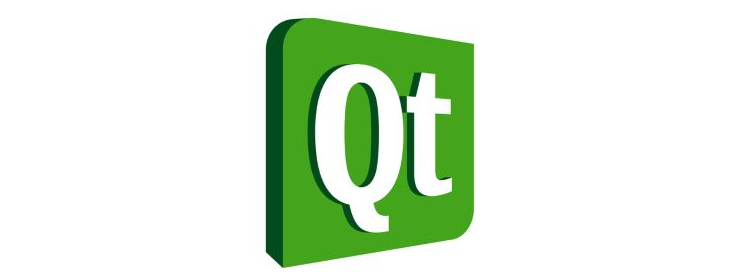Usare il BusyIndicator in QML
Il BusyIndicator, in QML, è un componente che ci permette di visualizzare il classico loading quando avviamo una determinata operazione.
Di primo acchitto non è proprio intuitivo il suo utilizzo.
Oggi ne vediamo un esempio; lo avviaremo alla pressione di un tasto che avvia una richiesta remota tramite Javascript.
Quindi, questo il componente:
BusyIndicator {
running: false
id: busyGlobal
anchors.centerIn: parent
}
Come vedete abbiamo impostato il running su false, in modo che inizialmente sia invisibile.
Poi su un Button avviamo lo script Javascript, che farà le sue operazioni.
Ad esempio:
var baseUrl = "http://localhost:8080/";
var xhr;
function cercaConto() {
if (val !== '' && val.length >= 4) {
busyGlobal.running = true;
xhr = new XMLHttpRequest();
xhr.onreadystatechange = function () {
if (xhr.readyState == 4) {
if (xhr.status == 200) {
var jsonObject = JSON.parse(xhr.responseText);
for (var i in jsonObject) {
console.log(.....);
}
busyGlobal.running = false;
} else {
busyGlobal.running = false;
messageDialog.show("ERRORE", "NESSUNA CONNESSIONE O SERVIZIO INATTIVO!");
}
}
}
xhr.open("GET", baseUrl, true);
xhr.send();
} else {
messageDialog.show("ERRORE", "INSERIRE UN VALORE DI ALMENO 4 CARATTERI!");
}
}
Qui eseguiamo una richiesta AJAX.
In questo contesto non è molto importante cosa ci facciamo con la risposta; quello che è importante è notare come avviamo e stoppiamo il BusyIndicator.
Enjoy!
qt qml busyindicator javascript ajax


Commentami!